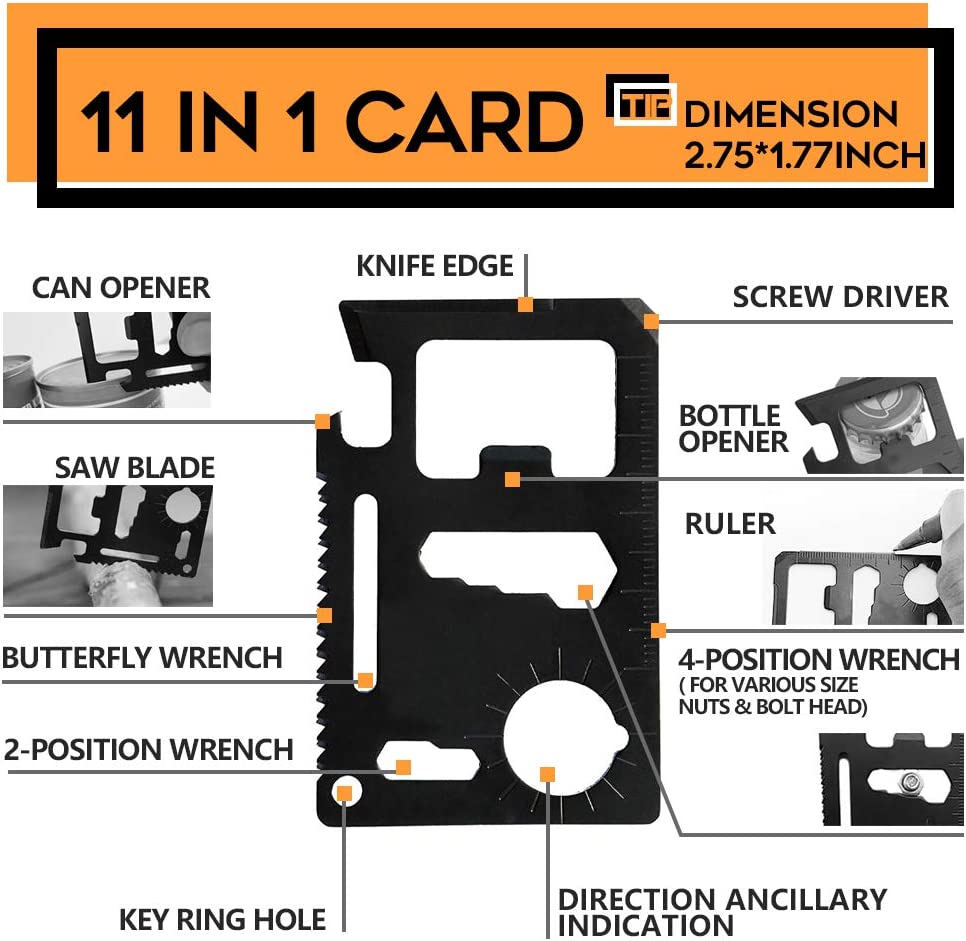
You can find many accessories to your car if you love using your phone while driving. It doesn't matter if your car is new or old, you can add Bluetooth speakerphones to your vehicle. You can also extend the length of your charging cable by 10 feet. Some accessories are even smarter than you might think! Bluetooth speakers can now be used to stream Spotify music to your car. Bluetooth speakerphones are like having your very own music player while on the road.
Bluetooth radio adapter
You should consider the features of your Bluetooth radio adapter. Bluetooth radio adapters might include other electronics. But they do not include the headunit. Some models require that you remove the headunit to install the adapter. These adapters may not be compatible with every car, so make sure they are compatible with your vehicle's stereo system. One example is if you wish to use your smartphone to make phone calls. Look for one that supports Android. If you do not have an adapter box, you will need one.

Wireless charging
Many drivers are afraid of low battery notifications. This is especially true if you depend on apps that can rapidly drain your phone’s battery. These frustrating moments can often be avoided by wireless car chargers. These are the things you should look for when buying a wireless car charger. Here are some tips that will make it as simple as possible to purchase a wireless charger for your phone. First, make sure your phone case is compatible with your wireless charger.
Magnetic mounts
Magnetic mounts are great for car accessories and phone phones. Magnetic mounts for phone car accessories are a great way to keep your phone safe and allow you to use it while driving. This type of mount has one major drawback. It does not stick to textured dashboards, and only sticks to smooth surfaces. A disadvantage of this mount is their inability to be moved from one location into another. It is crucial to take into account the dimensions of your phone as well as the type of mounting device you are going to buy.
MagSafe-compatible chargers
MagSafe-compatible chargers for phones are more affordable than the Apple model. In addition to being cheaper, these accessories also save you the hassle of carrying the cable in your car. MagSafe-compatible car chargers can also bypass the weak magnetic grip on your phone that can cause accidental locking. Here are some MagSafe-compatible smartphone chargers that you may be able buy. This article outlines the benefits of MagSafe smartphone chargers.

Bluetooth media button
Bluetooth Media Buttons are unlike other car accessories. They can be used with any smartphone or tablet using Bluetooth. The Bluetooth Media Button has a range up to 40 feet and does not require any software or apps. You can attach the button to your steering wheel, handlebars, or bicycles. It's easy to fit in your car because of its low profile. Bluetooth connectivity makes it possible to make calls or listen to music without having to be in the car. There are three modes of operation: play/pause, volume up, and volume down.
FAQ
How can I prepare for a apprenticeship as a mechanic?
It is essential to understand what you are getting into. You must understand the workings of cars. This will help you to plan your first day in the garage.
You also need to know how to fix simple problems such as broken lights, tires, etc.
This will teach you how to diagnose problems and fix them yourself.
It is also important to know how the different pieces fit together in order to put them together again.
And finally, you must know how to use tools safely and efficiently.
These are all things that will make you a competent mechanic.
Can I work as an auto mechanic without a degree? Can I do part-time studies?
It is not essential, but it is helpful. Most employers prefer candidates who have studied for a full degree rather than those who haven't. It shows that you've put the effort in and have done everything possible to succeed.
However, it doesn't mean you can't still work while studying. Some universities allow students the flexibility to finish coursework during summer vacations and resume their studies later in year. Some universities allow students to take part-time classes throughout the year.
What qualifications are required to become a mechanic
To become a technician, you will need to pass a series exams. These include:
-
A general knowledge test
-
A practical exam
-
An apprenticeship test
These tests are designed to ensure that you understand the basic concepts of mechanical engineering and physics before you start working as a mechanic.
These tests will allow you to be a mechanic once you have passed them. You will still need to complete an apprenticeship. This will require you to learn the trade.
To learn all you can about vehicle repair, you will need to take classes and workshops. It will be necessary to work alongside experienced mechanics.
If you want to be a successful mechanic, it will take concentration and attention to detail. You'll need to pay close attention to every aspect of vehicle repairs.
You'll need patience and persistence to become a successful mechanic. If you don't like to follow instructions, then this may not be the right career path for you.
But if you love cars and enjoy fixing them, you could be very happy in this line of work.
What information do I need about car mechanics
To be an auto mechanic, you don't have to know much about cars. Only you need to know how things work. Most people start by fixing things like changing tires or fitting brake pads.
You'll need to know how to read diagrams, understand written instructions and follow basic rules of good practice. You must also be able judge if parts need to replaced or repaired.
It is important to remember that proper training and guidance are essential for anyone who attempts to repair vehicles. This is especially important if you work with expensive parts such as transmissions or engines.
Even though you don't need to be an expert on cars, it is important to understand the fundamentals of mechanical engineering and physical physics. This includes understanding the mechanics of how engines and brakes work.
It's also worth noting that you'll need to be prepared to deal with all sorts of situations. You might be required to work on a vehicle that was involved in an accident. You'll also need experience dealing with breakdowns and accidents.
It is important to be open to learning new skills quickly. It is important to be able both to diagnose problems and perform simple maintenance tasks, such as tightening nuts.
What is the length of an apprenticeship as an automotive mechanic?
It takes three years to complete an apprenticeship as an automotive mechanic. This includes two year at school as well as two years as an apprenticeship. The first year is dedicated to learning the theory and practical skills of the trade. You'll also learn how tools can be used safely and efficiently during this year. After you have completed the first year of training, you will be able to spend an additional year on-the job learning different trades. These periods will also give you the chance to take formal courses.
The final year of this program is spent in obtaining qualifications and becoming certified in your field. These include NVQs (National Vocational Qualifications), that are given after passing specific industry exams. In addition, there are HNCs (Higher National Certificates) that cover general subjects such as management, business administration, and customer service. For those interested in pursuing certain trades, City & Guilds certificates are available.
What is the length of an automotive training course?
A three-year course in automotive is required.
The first year is spent learning about cars and theory. The second year is dedicated to practical training, where you will learn how to fix cars, drive them, and do other jobs around the car. You will spend the final year working in a local garage to gain real-world experience.
Is it difficult to become a mechanic apprentice
It's not easy, however, it is very rewarding and offers many opportunities for growth.
You will need patience and perseverance. You must also know how to fix cars, trucks, and motorcycles.
Customers and relatives can exert a lot on you. You should not feel pressured into making difficult decisions.
If you like fixing cars, this could be a great career option. This is a job that allows you to earn a decent income and grow your business.
But, you might prefer a different path. In this case, you could consider becoming a technician instead.
This is where you use your technical skills to support other workers. You might be able to assist technicians in troubleshooting problems or teach them new techniques.
Another option is becoming a service advisor. When customers bring their cars into a garage, they will receive advice and assistance.
It all depends on your goals. There are many options, so you can choose the one that suits you best.
Statistics
- The U.S. Bureau of Labor Statistics (BLS) reports that the job outlook for automotive service technicians and mechanics is expected to decline by 4% from 2019 to 2029. (indeed.com)
- According to the BLS, the median annual salary for automotive service technicians and mechanics in the United States was $44,050 in May 2020. (uti.edu)
- 52% of Mechanics in the United States think their salaries are enough for the cost of living in their area. (indeed.com)
External Links
How To
How to diagnose your vehicle properly for repair
The symptoms of your vehicle are the first thing you need to look at in order to determine whether it is in dire need of repairs. Next, you can follow these steps in order to diagnose your car.
-
Check engine lights. You should inspect the dashboard lights, such as the engine light indicator and the oil pressure gauge. Also, check the battery light indicator. If they have been flashing for more days than usual, it could be a sign that something is wrong with the vehicle.
-
Examine the treads of the tires. If the tires are worn out, they could cause problems with handling and braking. Also, inspect the treads of your wheels. They should look clean and be smooth. To do this, remove the wheels and take them out. A flashlight can be used to check how worn the treads are.
-
Pay attention to the level of your brake fluid. Keep track of the brake fluid level in your vehicle. This helps ensure that your brakes operate properly. Your brakes may fail if the brake fluid level drops.
-
Check the suspension system. A suspension system is designed to absorb vibrations and shocks. It provides better control and allows smoother acceleration and deceleration. Your vehicle might feel wobbly, or shake uncontrollably if it has a bad suspension. Try putting some weight on your front or rear axle to determine if you have a suspension problem.
-
Examine the steering column. Steering columns are used to connect the steering wheel to the rest of the vehicle's components. Many accidents can cause damage to steering columns. It is recommended to replace any steering column that feels loose, or shakey.
-
Pay attention to the exhaust pipe. The exhaust pipes transport gases from the combustion chamber to outside. If your exhaust pipe leaks or cracks, it will allow harmful fumes into your cabin. It is also important to repair any bends in your tailpipe immediately.
-
Look under the hood. If you see anything unusual, take a look under the hood. There could be fluid leaking from your engine. In addition, if you notice an unusual smell coming from your engine compartment, you should contact a professional technician.
-
You should inspect your air filter. The vehicle's outside environment may cause the air filter to collect dust and debris. A dirty air filter causes your vehicle to run poorly. Replace your air filter regularly.
-
Make sure you check the fan belt. The fan belt that connects your vehicle to the transmission is called the engine fan belt. The engine will not turn if the fan belt breaks. Replacing the belt is simple. All you need to replace the belt is a screwdriver with pliers.
-
The radiator hose and hoses should be checked. The radiatorhose carries water from your radiator to the engine. It can cause hot liquid to leak onto the engine if it is damaged or cracked. You only need a pair of needle-nose pliers and a small wire brush to repair the hose.
-
The windshield wipers should be checked. Windshield wipers work by using electricity to remove rain and snow. If they stop functioning, they can leave streaks in your window glass. You can fix the problem by changing the washer fluid.
-
Verify the condition of your battery cables. Your car's electrical system is powered by batteries. When you replace batteries, make sure to disconnect the negative cable first. Failure to do so can damage your alternator.
-
Pay attention to your headlights. Headlights are used to illuminate the road ahead. Poor visibility can result if the headlights don't function properly. Inspect the bulbs for signs of burnt out.
-
Make sure you have your lights on. Lights warn other drivers when you approach them at night. If one doesn't work, it could distract you and lead to an accident.
-
Check your brakes. Brakes will reduce the speed of your car in case of an accident. You may lose control of your vehicle and crash if the brakes don't function properly.
-
Check the oil regularly. Your engine will stay lubricated by the oil. It helps keep metal parts from getting too worn down. It is recommended to change the oil each month.